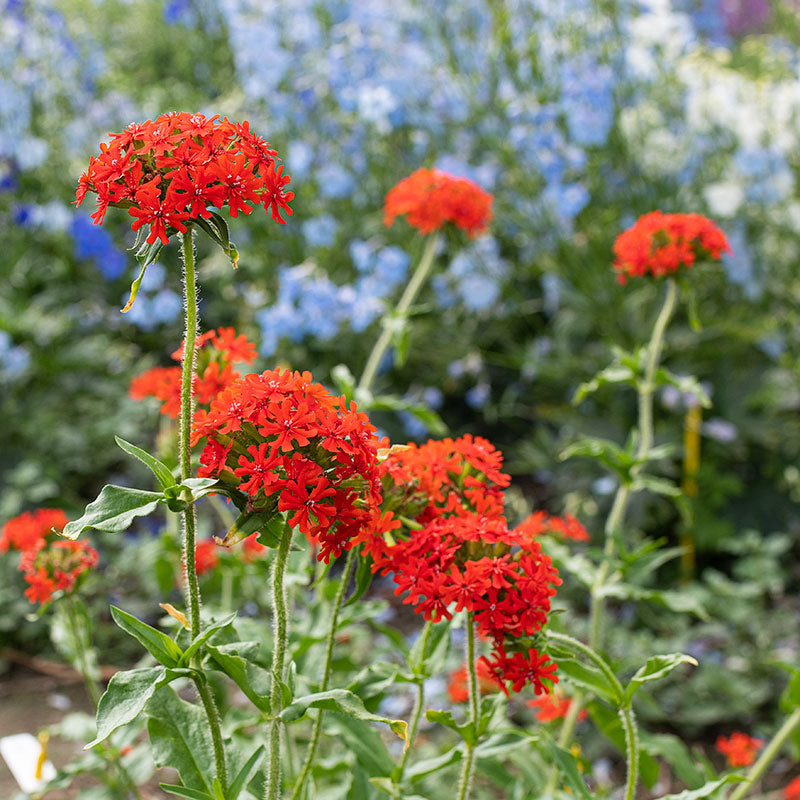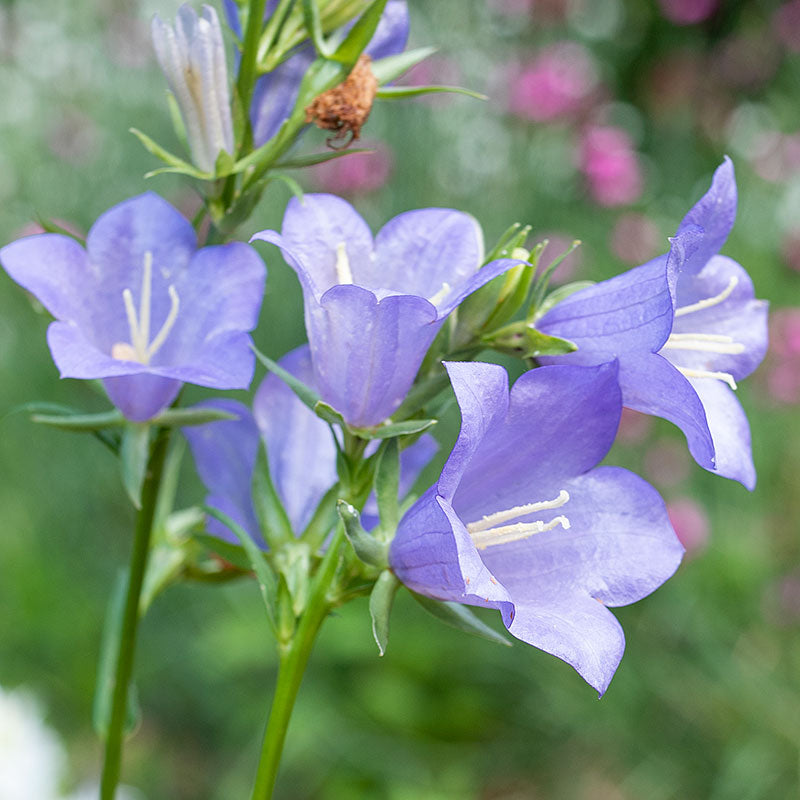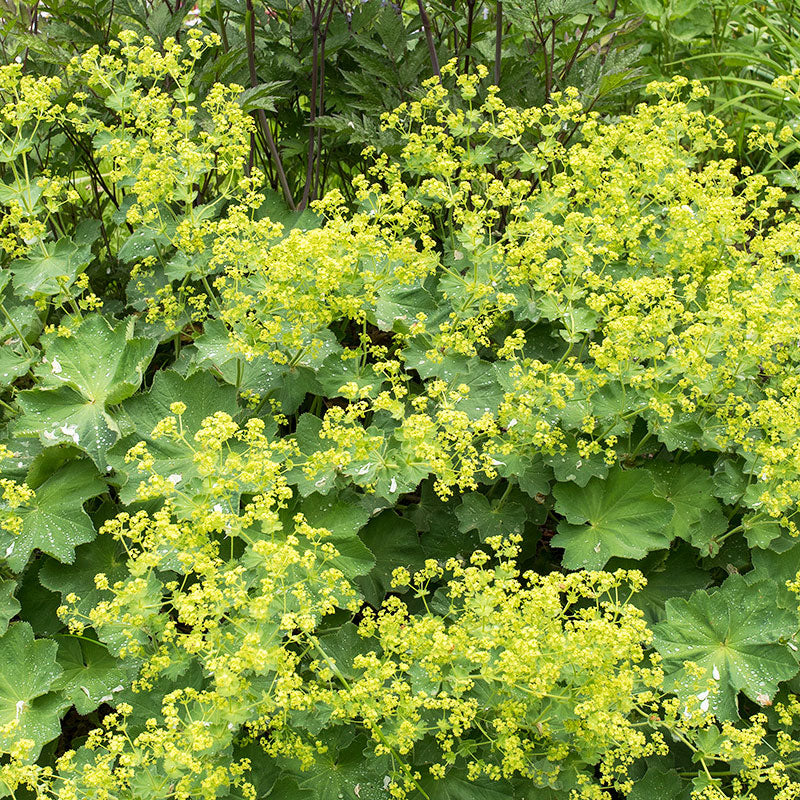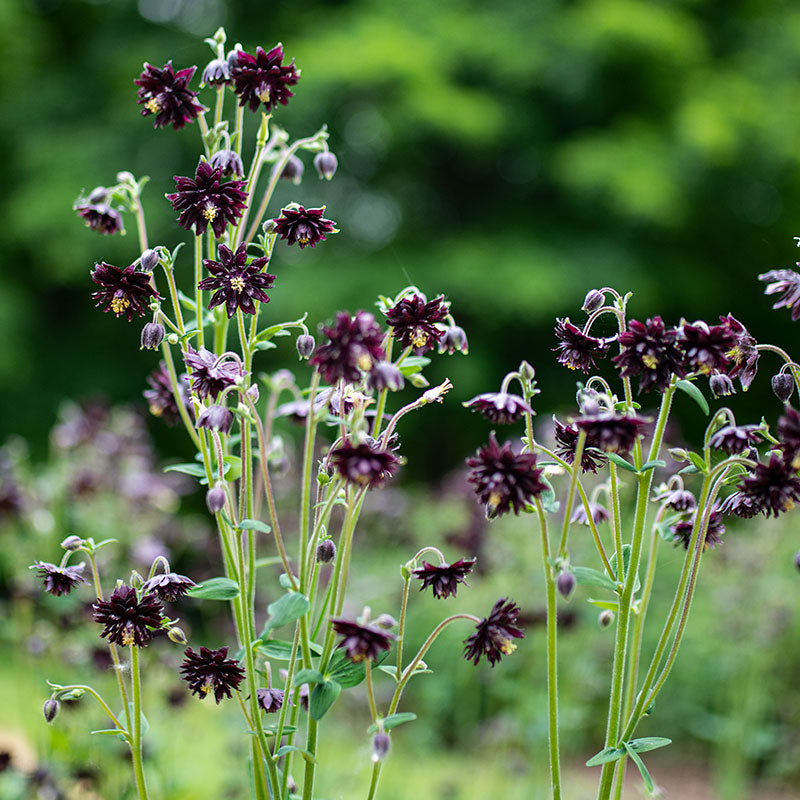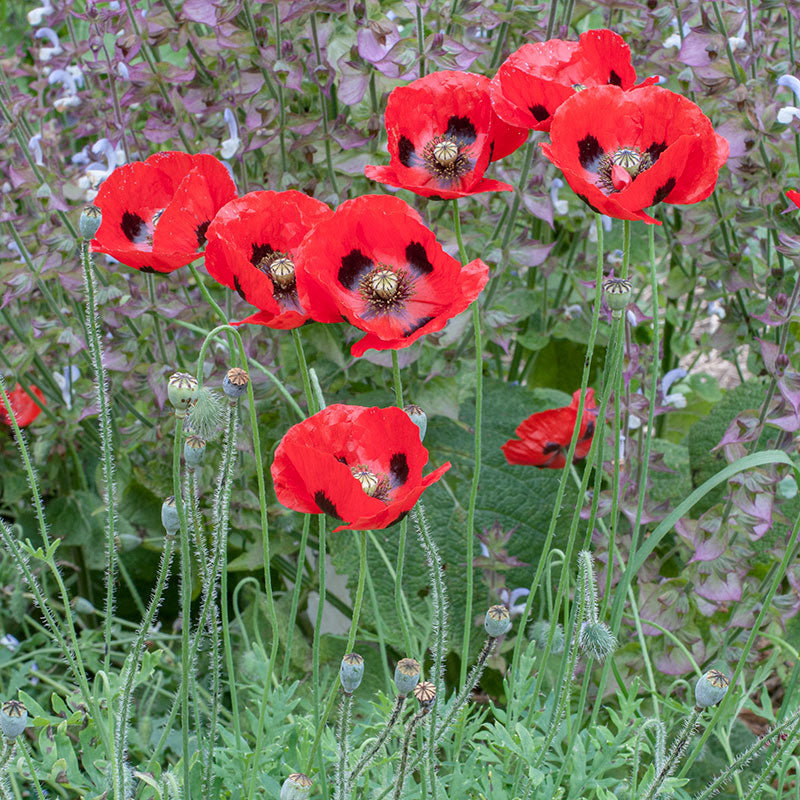Seed Packet
Bellflower - Spreading
Campanula patula
Spreading bellflower, circa 1753, is native to Europe and Siberia, where it was first collected and pressed for a herbarium. It is perennial but blooms quickly from seed with wiry, many-branched stems adorned with sprays of lavender blue stars over a long while in early summer. A cottage garden charmer, it is delicate-looking but strong growing and trouble-free.
SKU #S2006
Growing Companions

































